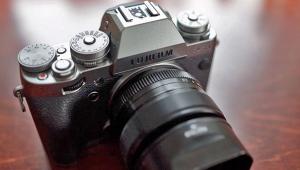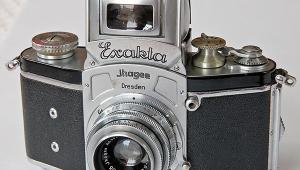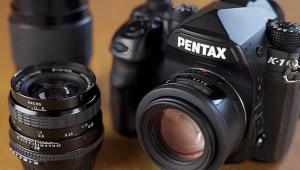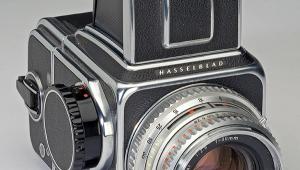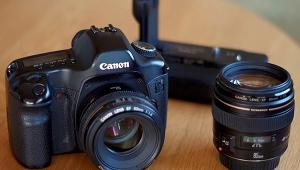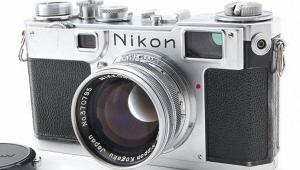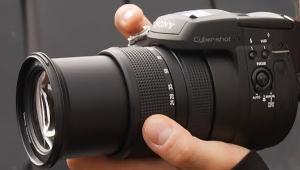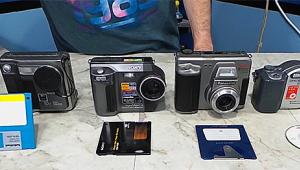Classic Cameras
Nikonos II
One of the joys of classic cameras, indeed, of classic anything--is the absence of "me-too" design; and the Nikonos II illustrated is about as far from "me too" as you can get. Waterproof to 50 meters (call it 160 ft), immensely strong; fitted with interchangeable lenses; equipped with a seriously weird combination wind-on and shutter release--there is nothing quite like it. The First Nikonos Shutter & Winder In One Getting In Available Lenses Worth A Buy? |
- Log in or register to post comments

